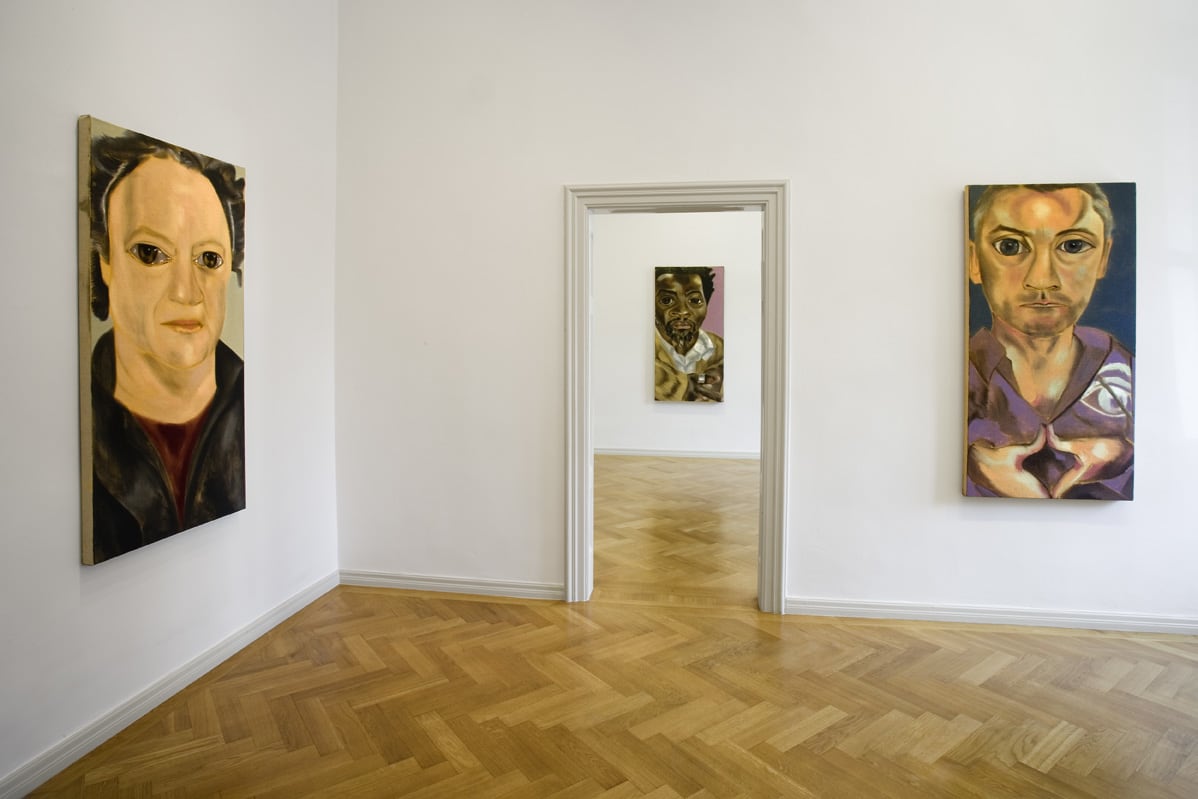

Francesco Clemente Francesco Clemente
Overview
Harking back to the tradition of Indian imagery, the Romanticism of William Blake and Italian Renaissance fresco painting, he developed in the late 1970s a poetic form which made a significant contribution to the return of figurative painting.
During the 1980s, the Italian painter Francesco Clemente became one of the outstanding international artists. Harking back to the tradition of Indian imagery, the Romanticism of William Blake and Italian Renaissance fresco painting, he developed in the late 1970s a poetic form which made a significant contribution to the return of figurative painting.
"I could not believe the style of the first show I saw of Francesco Clemente. When I met him at an opening a couple of weeks later, I said: 'You're the best thing out of Italy since De Chirico' - and we became friends. Since I am not a spontaneous person, I think I was as shocked as Francesco. I loved the dry and physical surfaces, the uncompromising, strong images, the combination of obsessive primitive energy for details and the worldly sophistication in integrating content and style" (Alex Katz).
The Salzburg exhibition comprises thirteen powerful portraits of people from the artist's immediate circle of friends and family. The genre of the portrait has a specific place in Clemente's œuvre: as in the work of American artists such as Chuck Close, Andy Warhol or Alex Katz, Clemente's portraits of outstanding figures in the world of music, art and literature have proved to be a constant seismograph of the state of a society. Clemente takes an eastern view of a western genre; although he observes with extreme precision the details of his subjects' physiognomy, dress and hair-style, they appear to exist in some metaphysical region with no recognisable setting - they look two-dimensional and unreal, like naïve, primitivistic, archaic images of the saints of some unknown cultural area.
Talking about Francesco Clemente, Henry Geldzahler once described his intuitive way of arranging his subject on the paper or the canvas, and said that the lack of any academic structure explained a great part of the exotic attraction emanating from Clemente's work; academic rules for composition or "proper drawing" were not important to him, and he rejected categories such as "modern" or "post-modern".
Francesco Clemente was born in 1952 in Naples, where he attended a conservative humanist school which gave him a wide education in classical languages and literature. From 1970 he studied architecture at the University of Rome, and began concurrently to exhibit his drawings, photographs and conceptual works in Europe. From 1973, he travelled regularly to India, and in 1981 he moved to New York. Clemente has frequently worked in collaboration: in India with native craftsmen and in New York with artists such as Andy Warhol and Jean-Michel Basquiat. He has also illustrated many books by writers including John Wieners, Allen Ginsberg, Robert Creeley and René Ricard.
Since the mid-'80s especially, Clemente's work has been the subject of many exhibitions: in the Berlin National Gallery (1984/85), Basel Museum of Contemporary Art (1987), Philadelphia Museum of Art (1990), Royal Academy of Arts, London (1991), Centre Georges Pompidou, Paris (1994/95) and Galleria d'Arte Moderna, Bologna (1999). In 1999/2000, the New York Guggenheim Museum showed a comprehensive retrospective of his work, which was subsequently shown in the Bilbao Guggenheim Museum. One of the most recent major exhibitions was organised by the Museo Archeologico Nazionale di Napoli (2002/03).











































































































































































